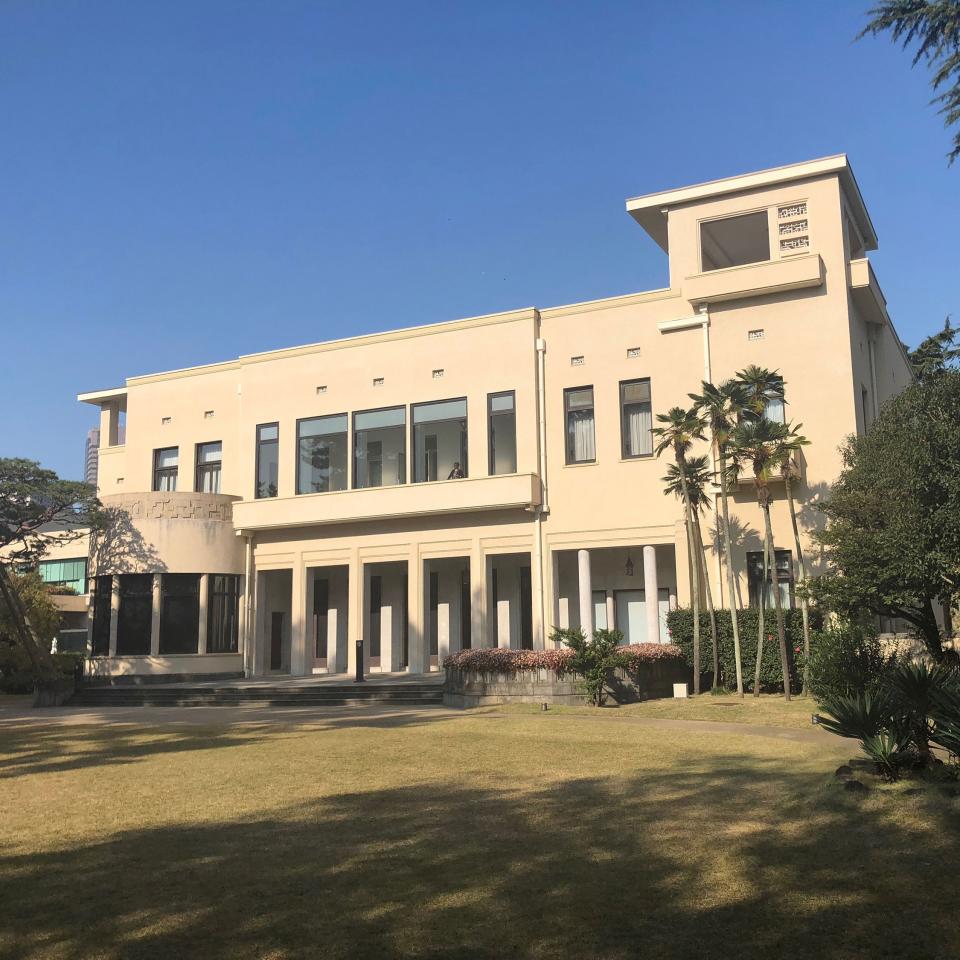Hamish Bowles Makes the Most of His Trip to Tokyo for Valentino Pre-Fall—And Then Some
Hamish Bowles Makes the Most of His Trip to Tokyo for Valentino Pre-Fall—And Then Some
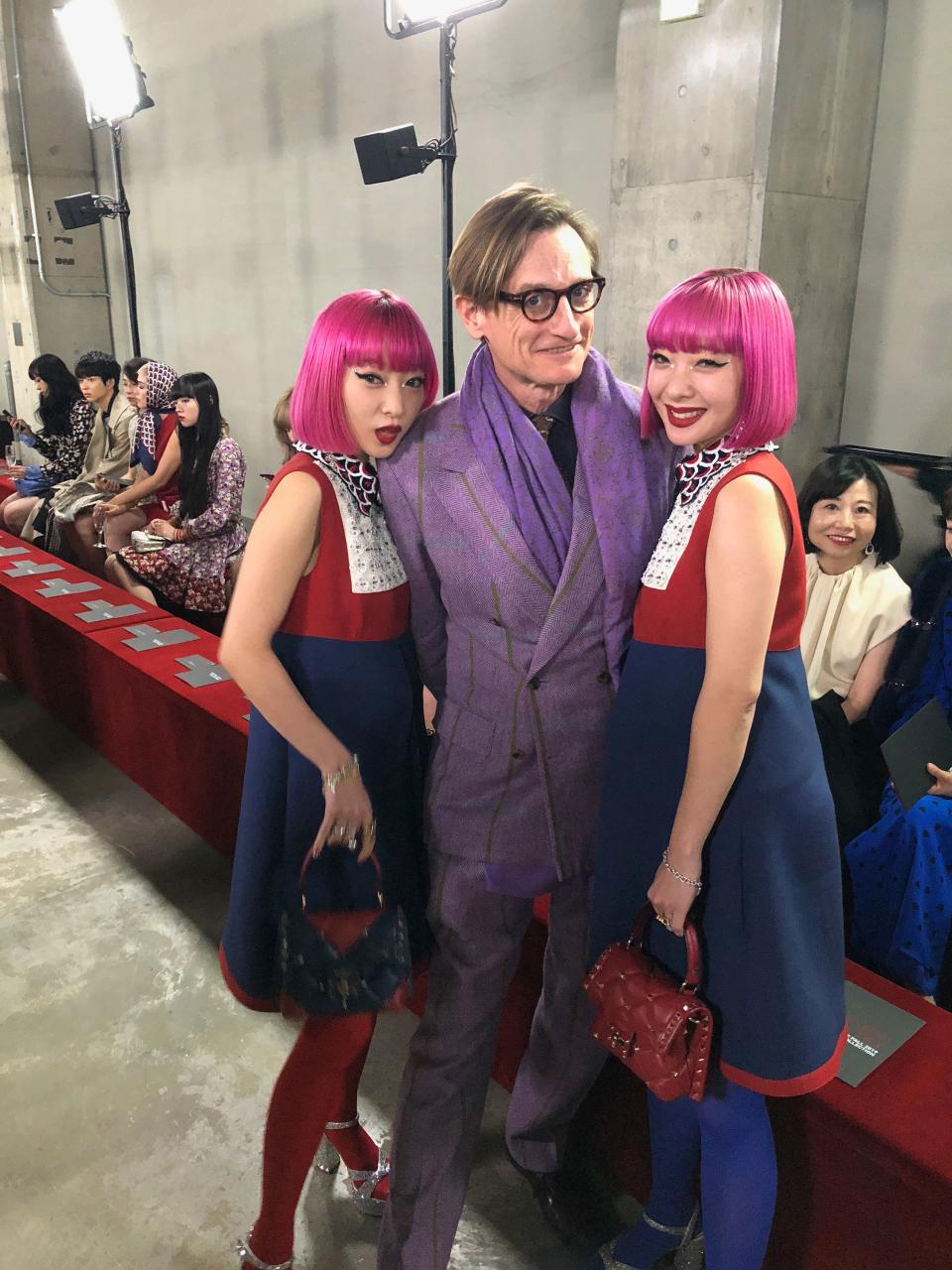
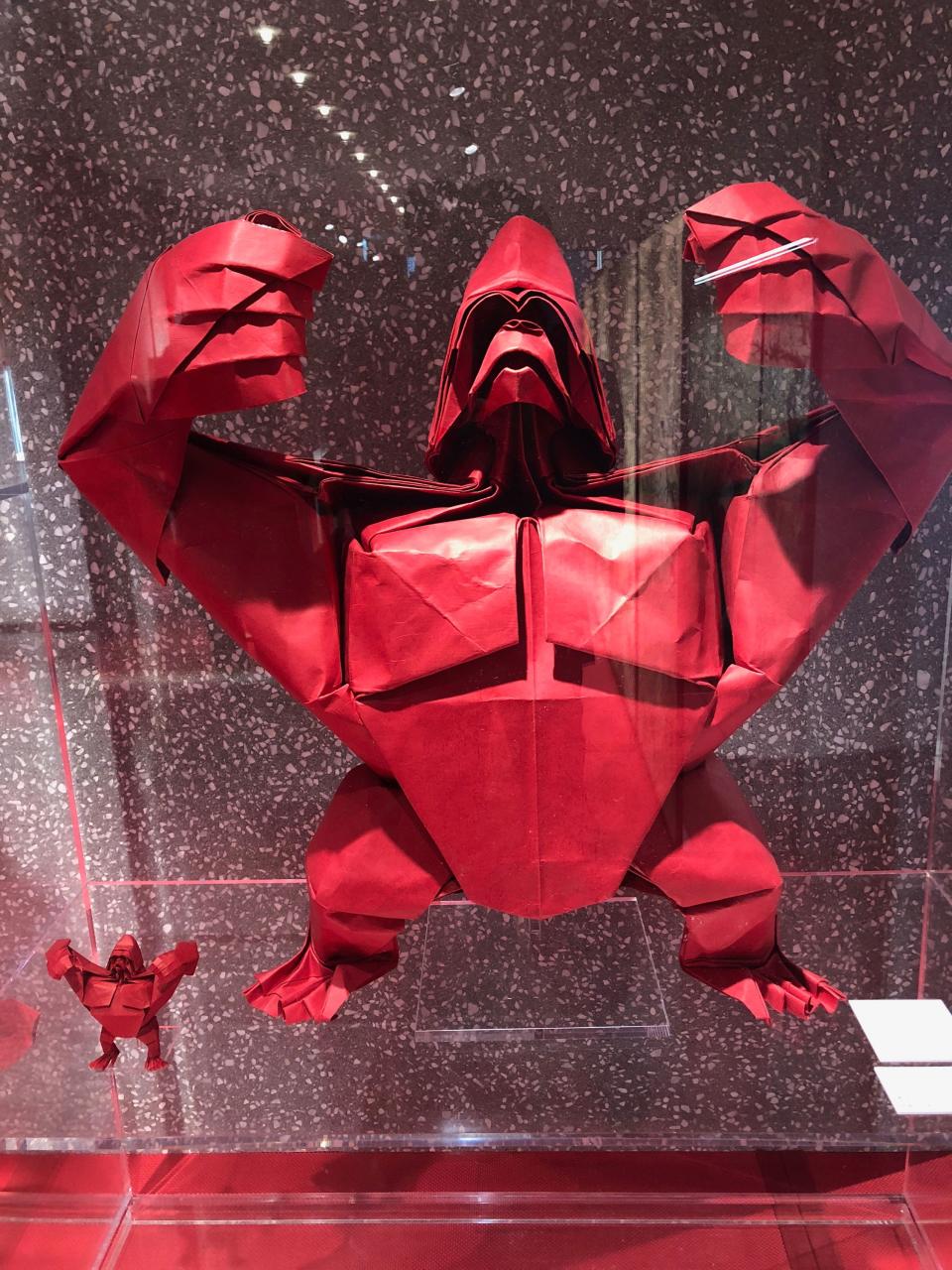
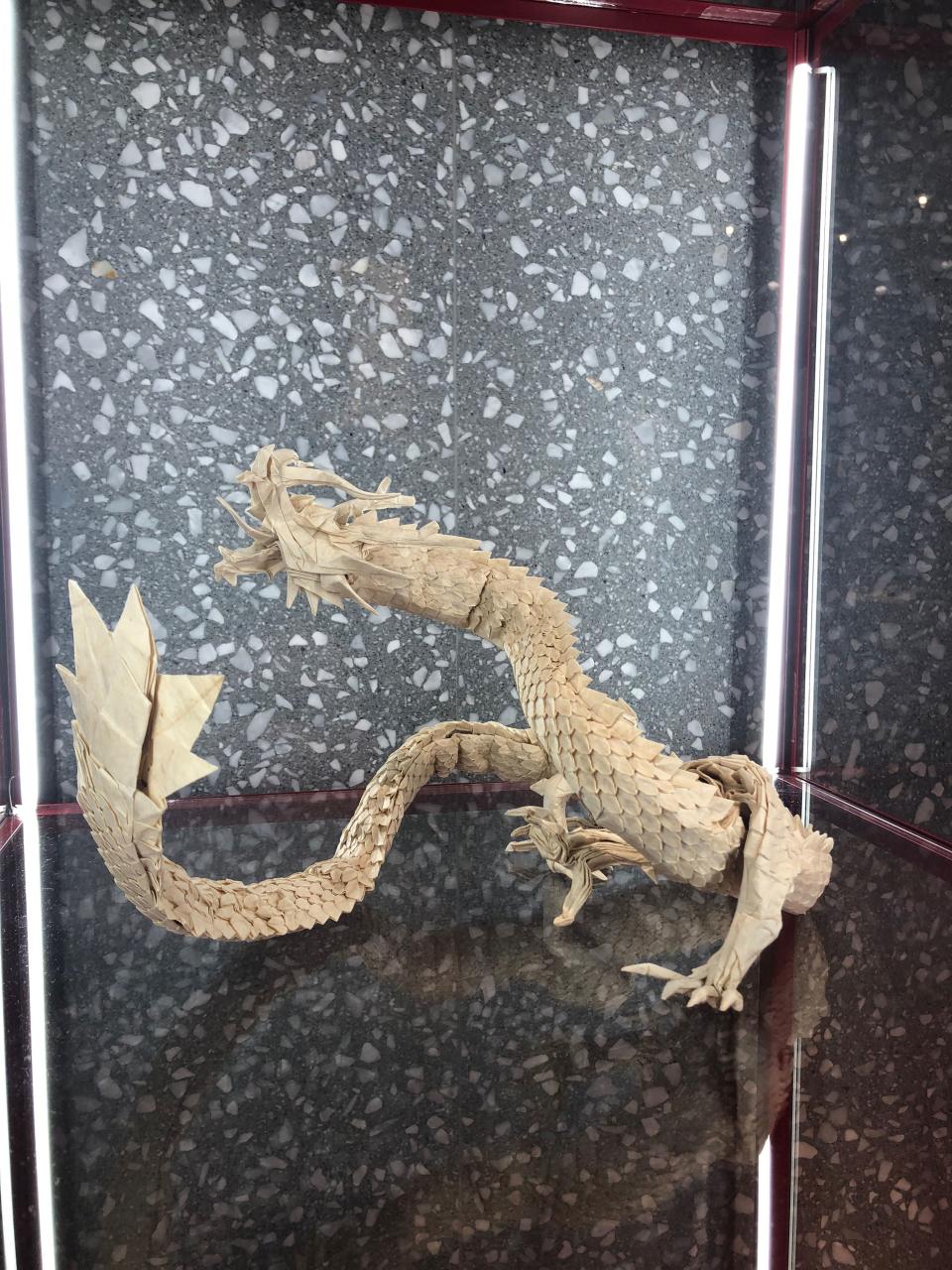
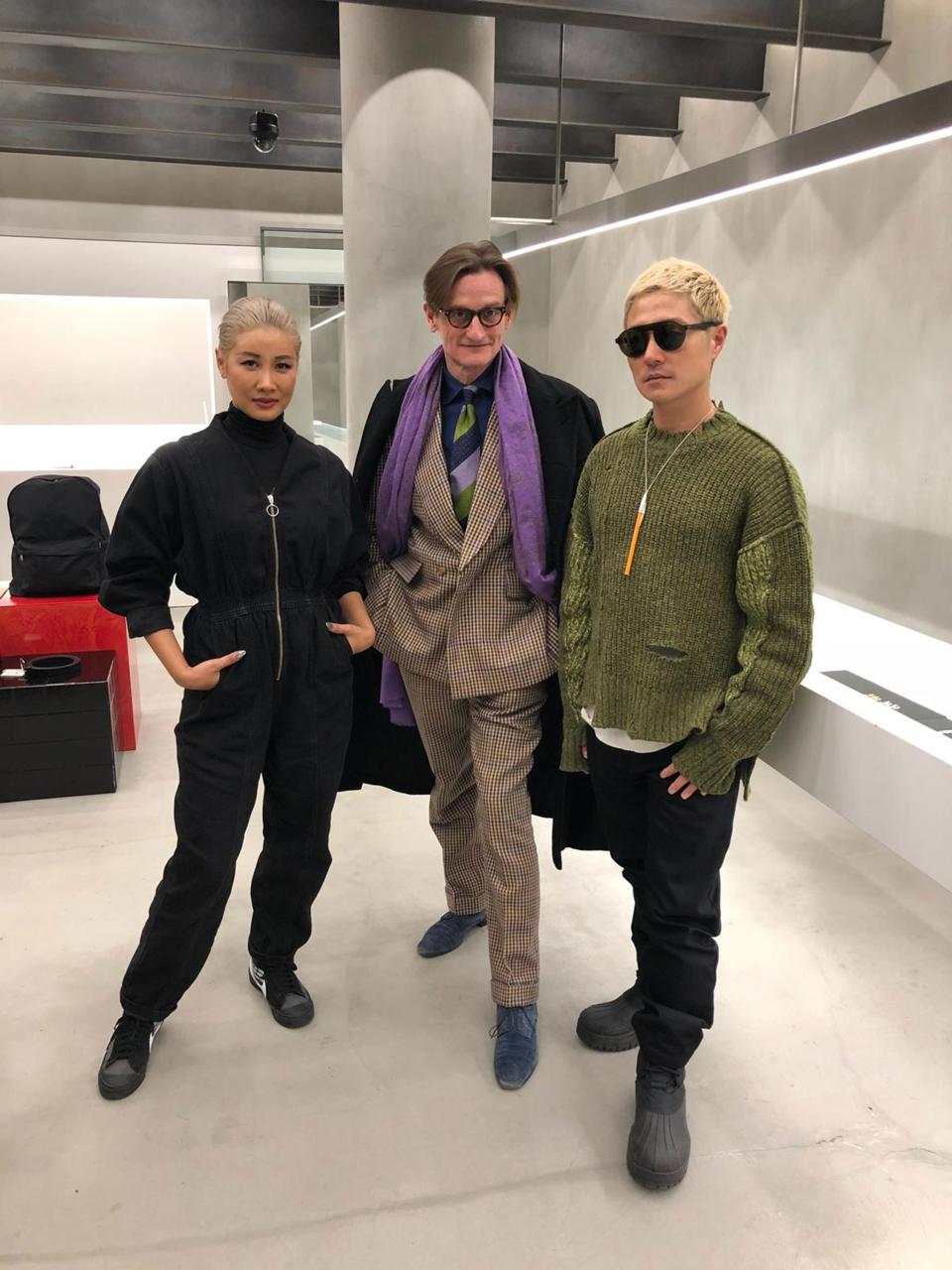
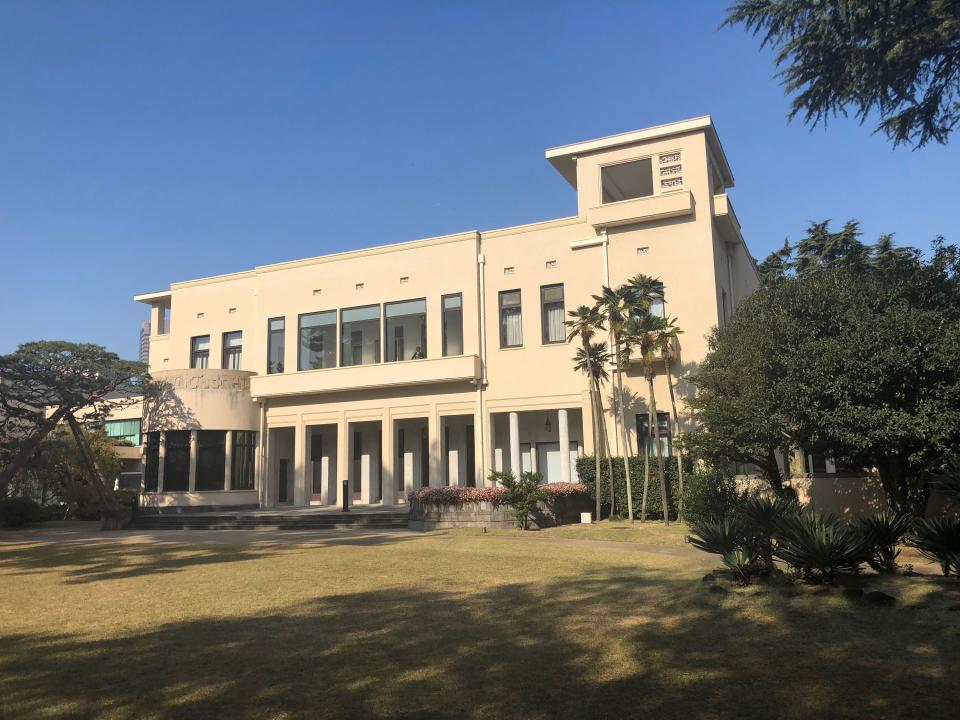
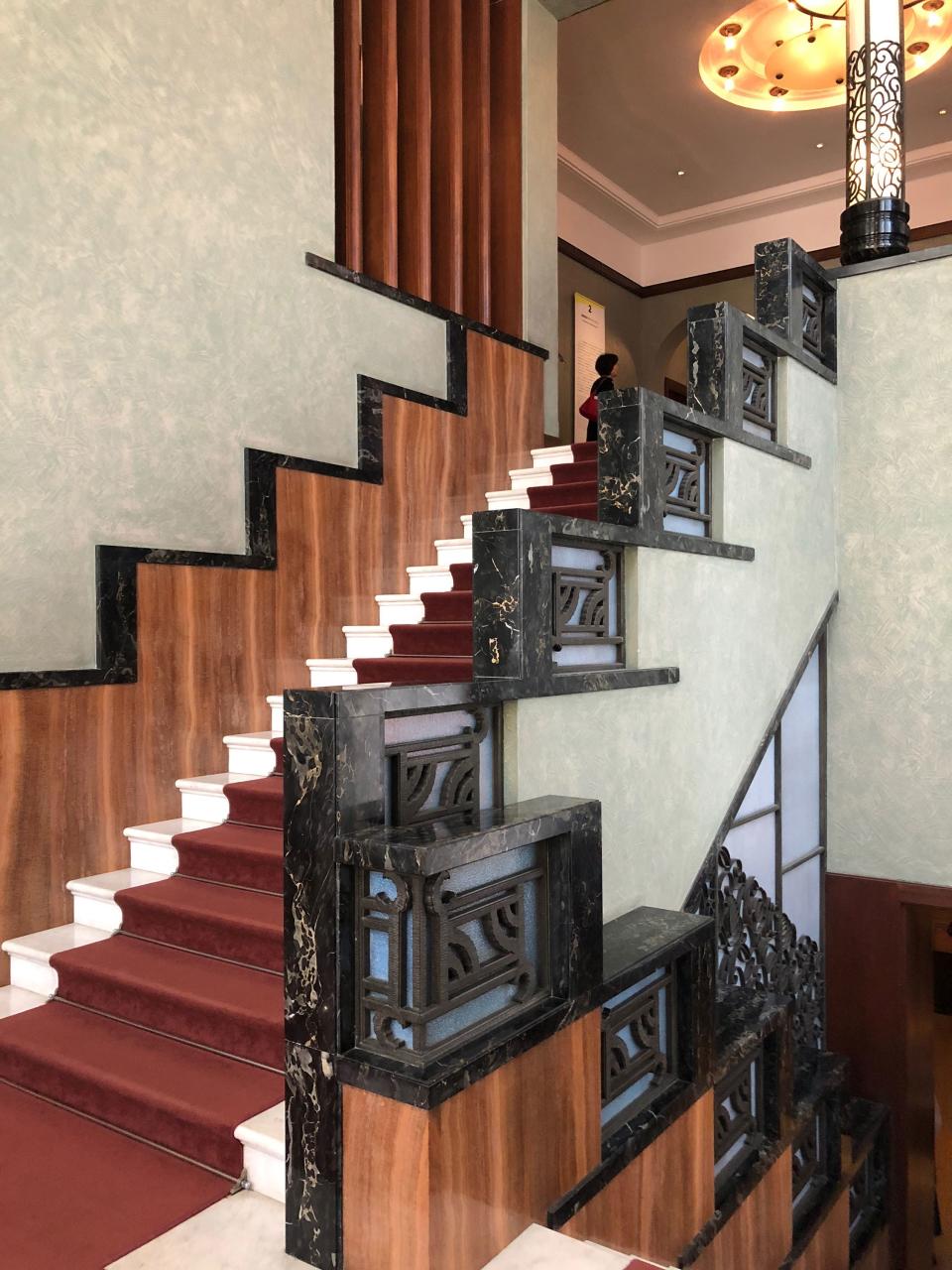
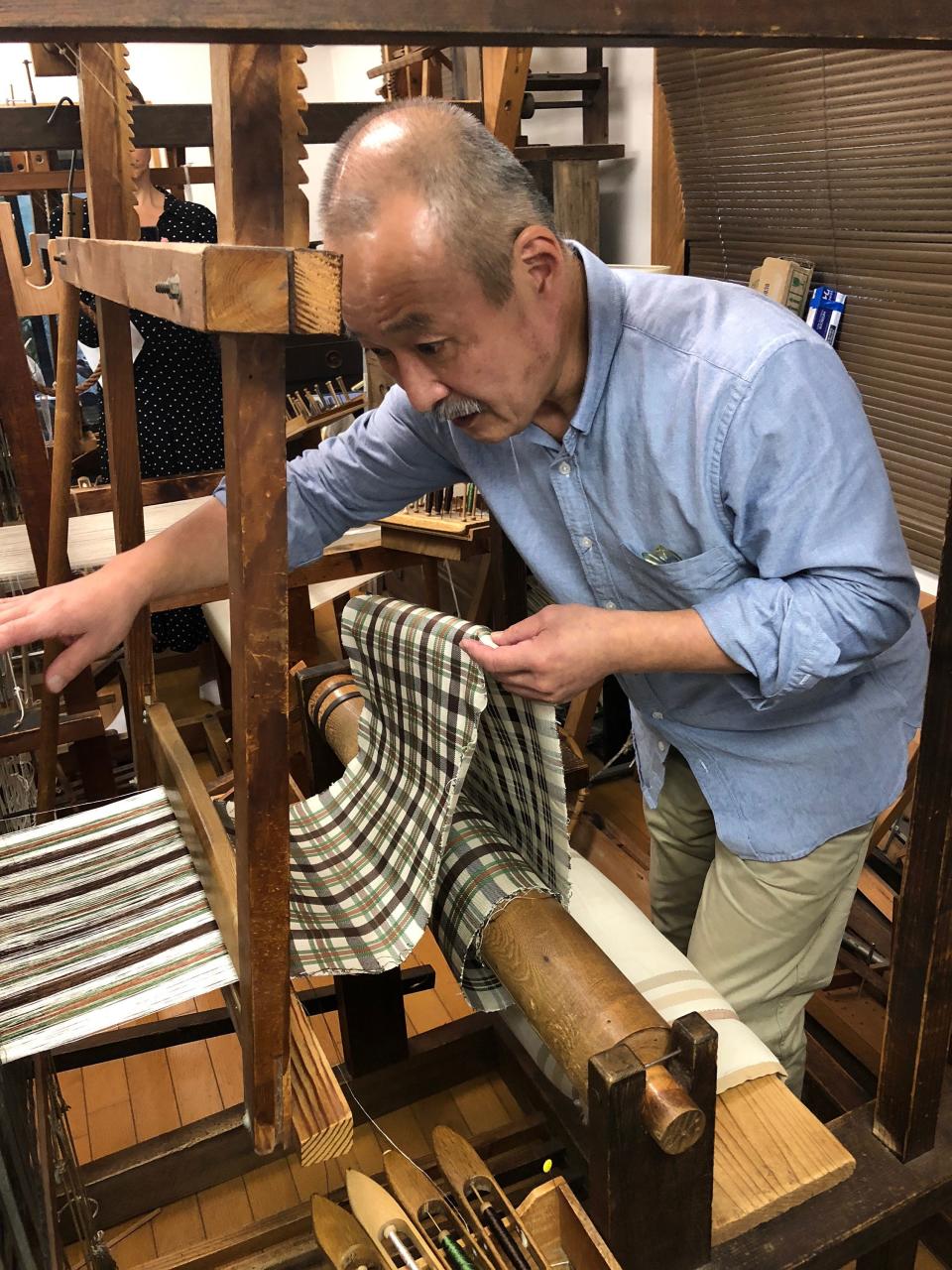
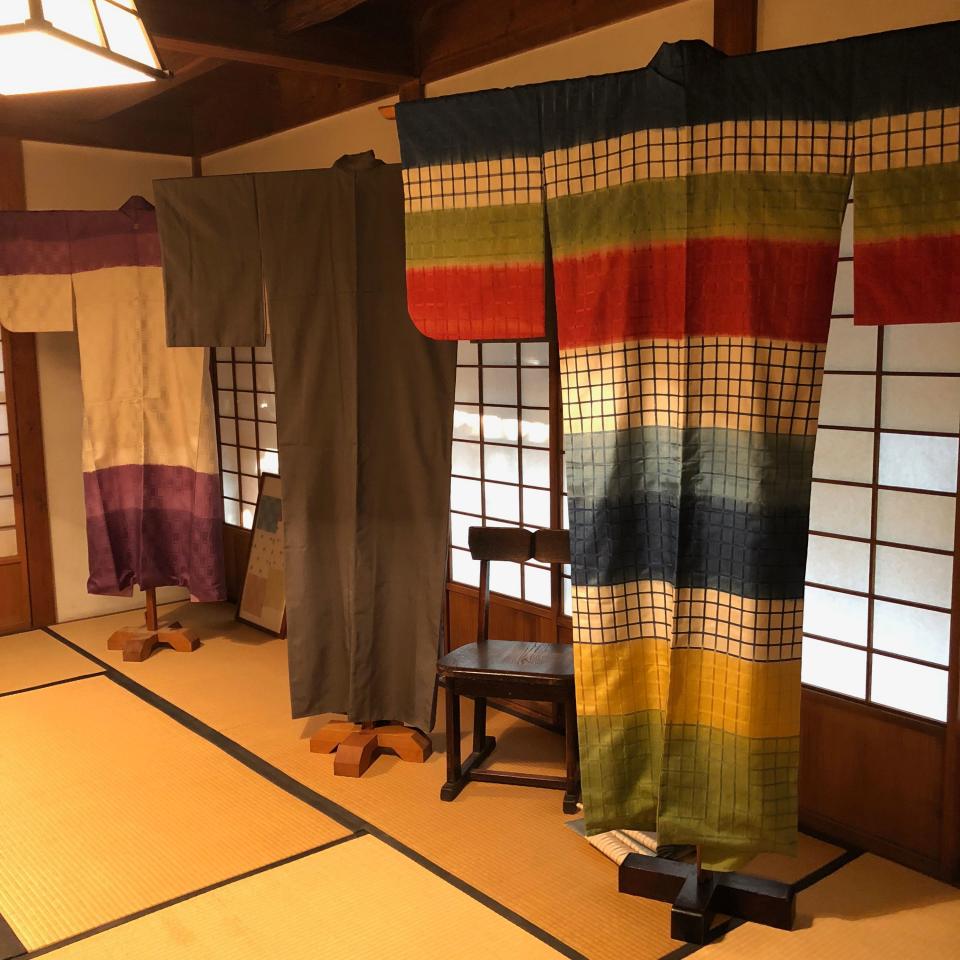
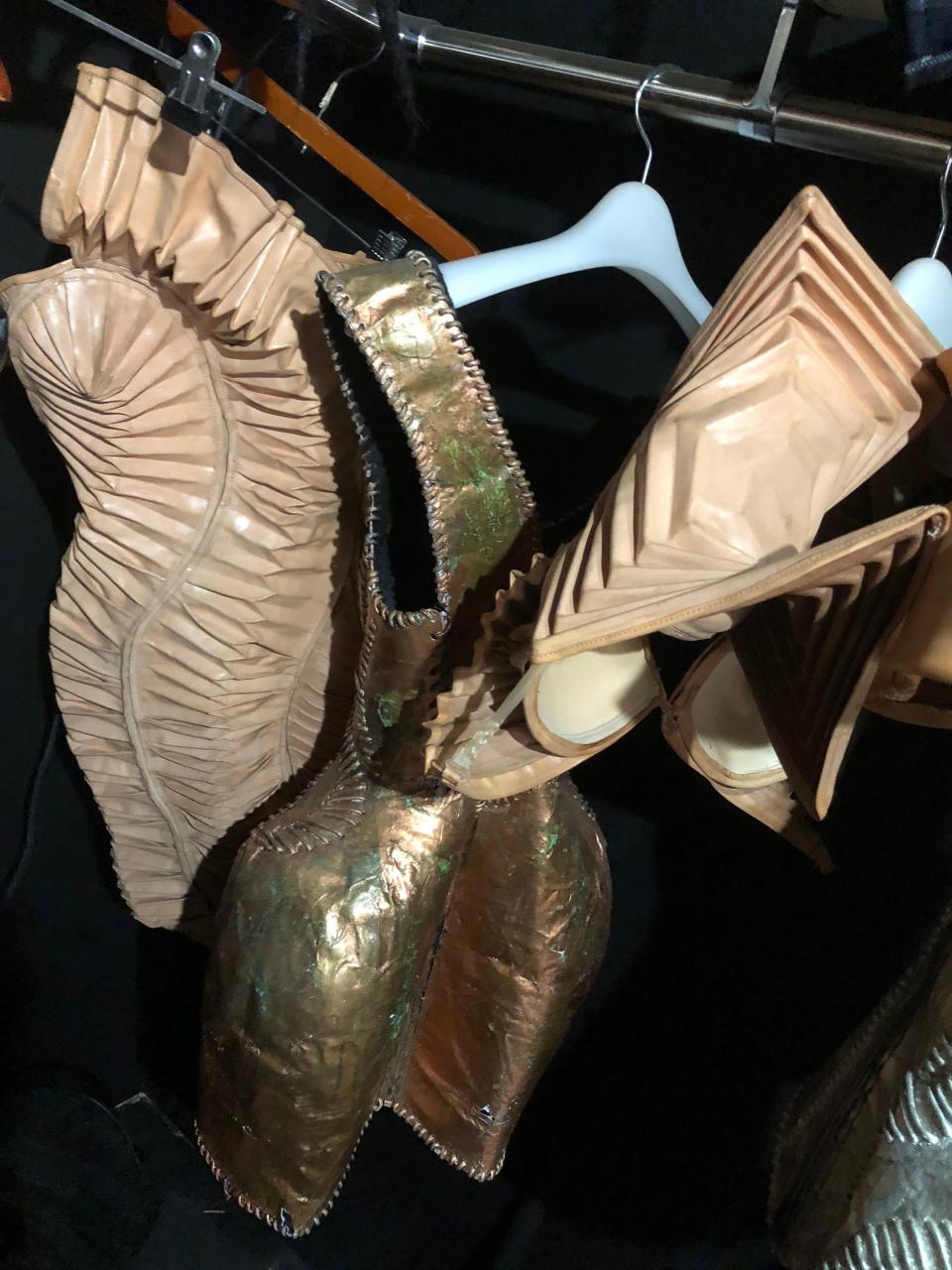
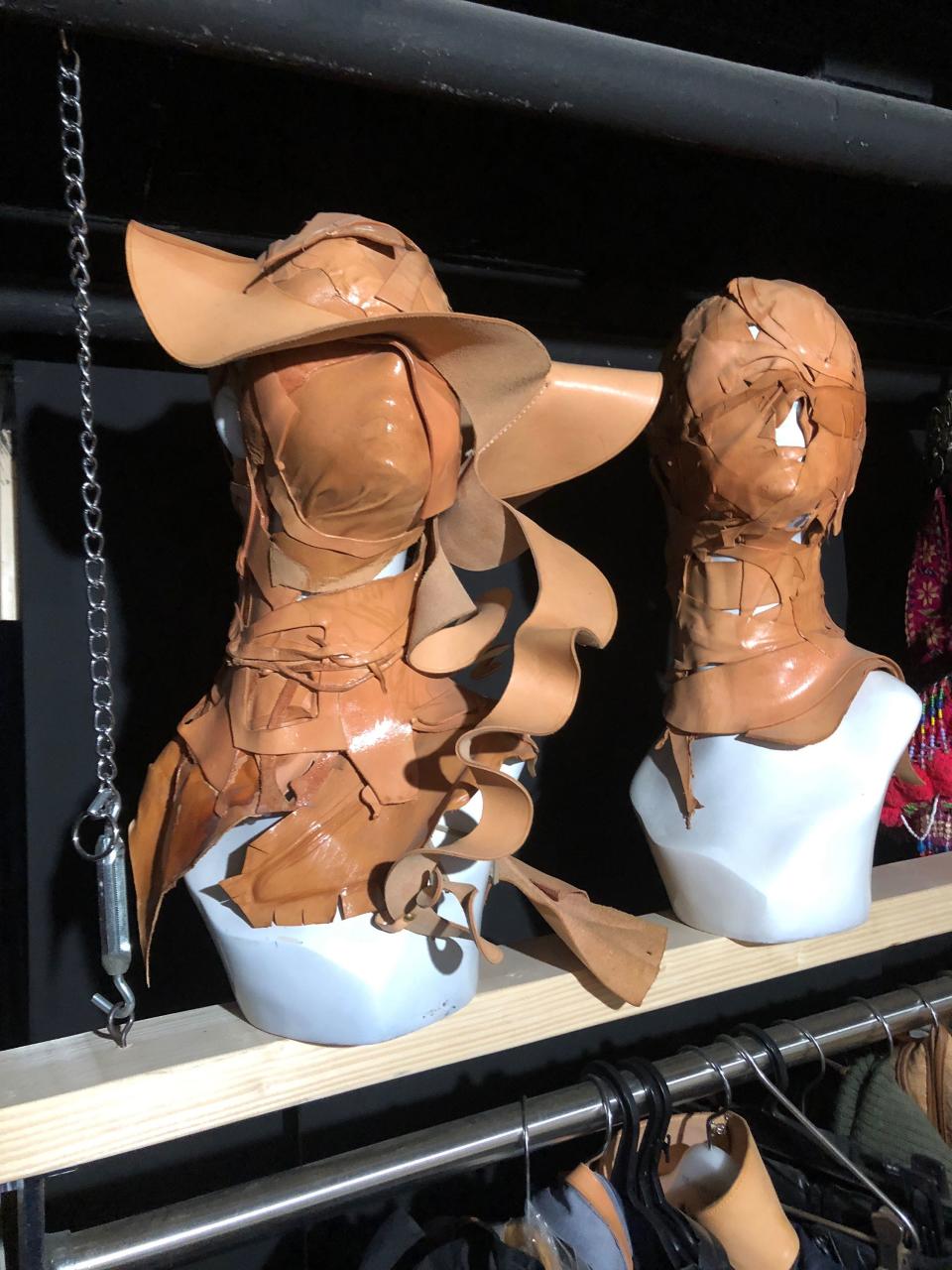
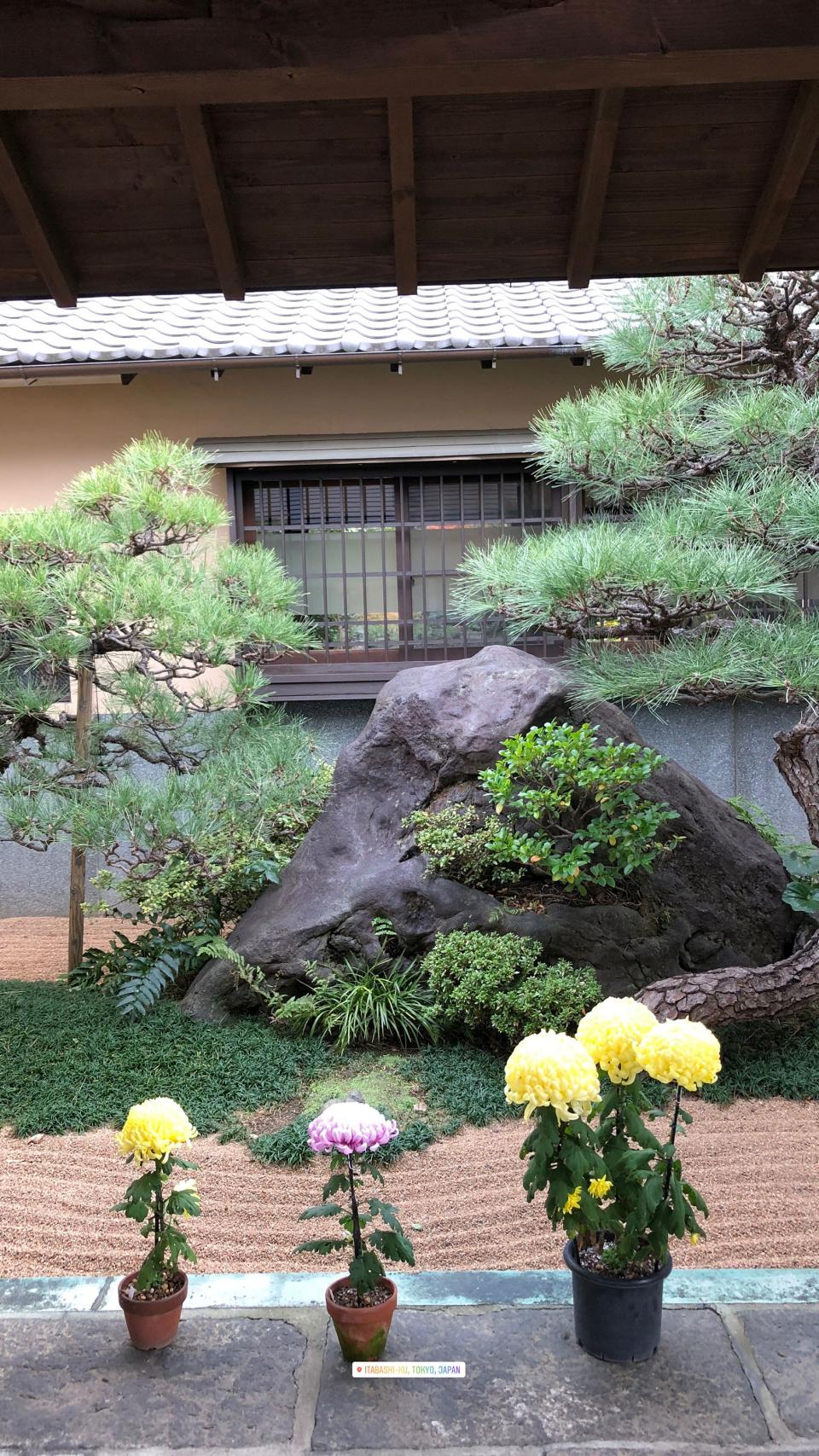
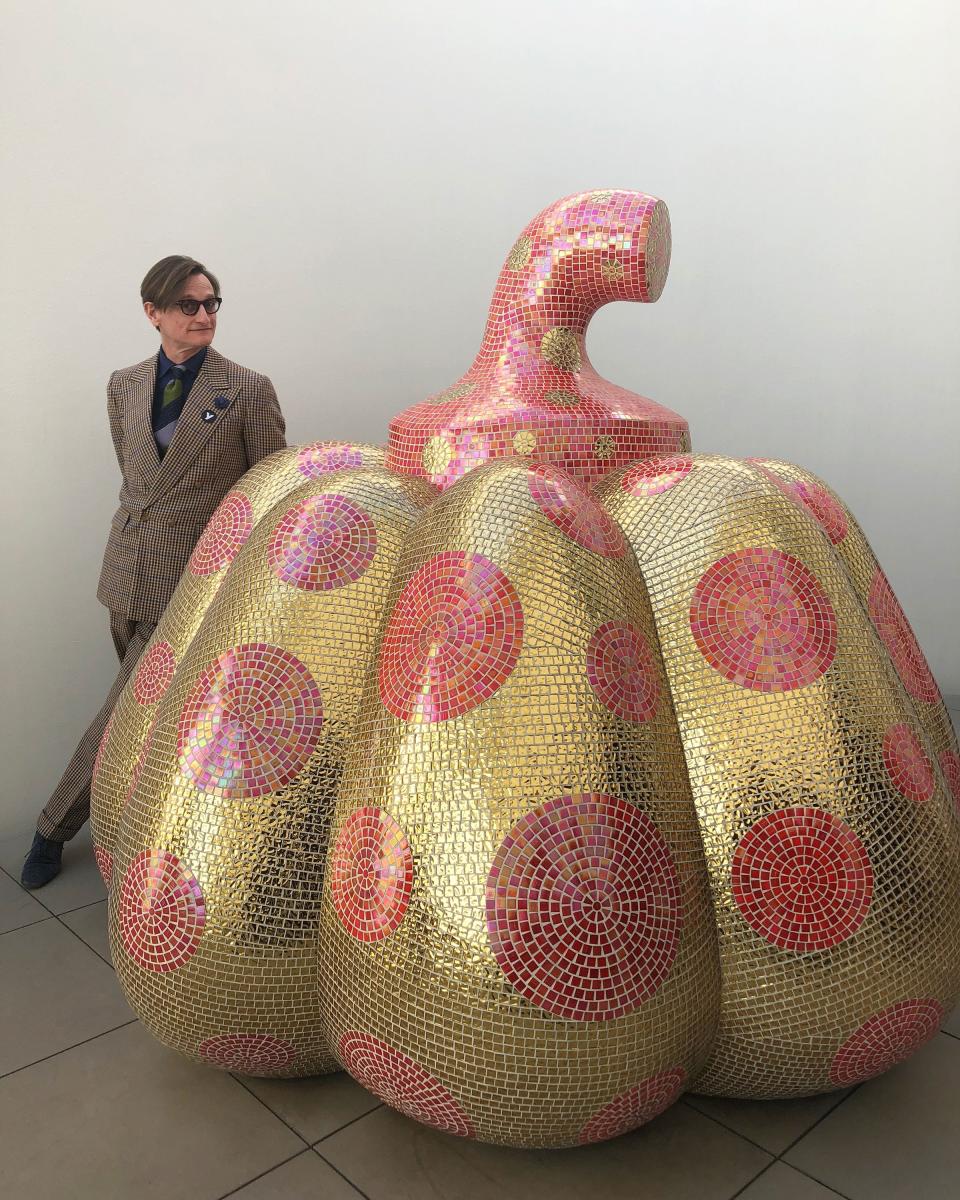
It was fashion that brought me to Tokyo for the first time when, as a peach-skinned 18-year-old London club kid, I was spotted by a feisty Japanese casting scout at James Lebon’s These Are Cuts, the edgiest hairdressing establishment in town. She took a Polaroid of me, noted my home telephone number on the back, and I thought nothing more of it. Ere long, however, that phone rang, and I was being invited to Tokyo for a week to model for the menswear designer Takeo Kikuchi, whose diverse runway and print campaign castings were then peopled by such London nightclub denizens as I.
It was blossom time in Tokyo, and we were all lionized in the city’s see-and-be-seen clubs. I went off to explore the gardens of the Imperial Palace and then became hopelessly lost in translation in that baffling city, where no one spoke English and street numbers are arranged in the order in which the house was built—but miraculously, I made it back to the hotel and, undeterred, set off again to sleuth the emporium of an up-and-coming design label that I’d read about in British Vogue inexplicably named Comme des Garçons. Ah! Happy days!
Fashion took me back this past week, this time for Pierpaolo Piccioli’s strong Pre-Fall 2019 show for Valentino. Naturally, I didn’t let the grass grow under my feet.
On my first day I headed for lunch to Sahsa Kanetanaka, where Rei Kawakubo is often to be found, and revelled in what you can do with chestnuts. I visited Guillemets Layout Studio, the tiny store of ceramic designer Osamu Saruyama, where his own elegant pieces are mixed with rustic antiques (Jonathan Anderson is a fan), and then discovered the wonders of the Tsutaya bookshop, which is stacked with esoteric fashion books and magazines—many of which I had never heard of. Upstairs, a vast and stylish café bar is set in a library with bound early copies of such magazines as Abitare and World of Interiors, which you can reference as you drink. Heaven. Then, following a disco nap, I hied to the hipster club Contact for the after-party to celebrate the screening of the Supreme-sponsored skateboarder movie Blessed and experienced the Blade Runner vibe of the city’s nightlife.
Saturday began with brunch at a tiny neighborhood restaurant that specializes in soba, and I can now see why they were garlanded with a Michelin star. The afternoon was spent trying to conquer jet lag at a local onsen, or public bath, where I languished in abrasive sulfurous waters for hours alongside local pan-generational men and boys (many of who ritually soak with friends or family every week) and emerged feeling cleaner than I have ever felt in my life. A self-cooked Kobe beef dinner at Seryna, which overlooks the vast city from 52 floors up, proved refreshing enough for me to hit Karaoke Kan with a fun group that included the enchanting It Girl actress Rila Fukishima, who opened Nicolas Ghesquière’s Louis Vuitton Resort 2018 show in Kyoto. (Things really took off when we discovered the Disney musicals section.) Thence to a fun bar (opened in 1966) to experience that crazy side of Tokyo nightlife.
The following day I explored the recently opened Yayoi Kusama Museum, which was designed by architect Kume Sekkei. The historic pieces in the collection reveal how the artist, now 89, has always been fascinated by pumpkins (her parents ran a successful wholesale seed nursery) and spots—the latter an obsession that began in childhood when Kusama looked out from her bedroom window at the endlessly fascinating formations of rocks and pebbles in the river beyond. The contemporary works illustrate how productive this fascinating woman—who voluntarily checked into the Seiwa Hospital for the Mentally Ill in 1977 and moves between there and her nearby studio—remains to this day. Kusama, a novelist and poet as well as an artist, has such an idiosyncratic use of language that she travels with a translator to better communicate in Japanese.
Then I visited Yoon and Verbal of Ambush in their stylish store (Yoon’s bijoux garlanded the boys in Kim Jones’s debut Christian Dior menswear show) and toured the vibrant Pop Art HQ of entertainment guru Hiro-san, a former dancer who now runs a stable of talent (LDH—Love + Dream + Happiness To the World) which seems like nothing so much as a 21st century iteration of the great Hollywood movie studios of the 1930s, complete with in-house costume and show designers. The LDH empire happily extends to restaurants including Tsubomi—an offshoot of Sushi Saito, a double Michelin-starred establishment—where I joined the Exile principals the actor Shintaro Akiyama, Verbal, and fashion and costume designer Satoshi Ogawa. The food was so good that I drool just to write the restaurant’s name. Suitably feasted, we repaired to a canal-side building, where Ogawa works on his amazing show costumes for the Exile stars and talent from all worlds meet at the bar and roof terrace. Here I met, among others, Rico Verhoeven, the number-one kickboxing champion in the world—with superhero looks to match.
There was more art on the morrow, when I went to visit the HQ of the iconoclastic artist collective Chim Pom Studio and admire the costume constructions of Koshiro Ebata, understandably much admired by Lady Gaga. There was just time to race into the excitingly curated vintage store Chart, where local and international hipsters repair for ’80s Ralph Lauren Polo pieces, 1930s American quilts, and two-tone shoes.
Thence to Catastrophe and the Power of Art, the inevitably traumatic exhibition at the Roppongi Hills and Mori Art Museum, now celebrating its 15th year. The exhibition focuses on the response of artists such as Ai Weiwei, Yoko Ono, Mona Hatoum, Isaac Julien, and architect Ban Shiguru to natural and manmade disasters including 9/11, the ongoing global refugee crises, the 2008 financial collapse, the 2011 failure of the Fukushima Daiichi nuclear reactor, and the Great East Japan Earthquake of 2011. Powerful stuff.
That evening, Pierpaolo held court in the five-story Valentino store at Ginza Six, where he revealed his collaborations with artists including Undercover’s Jun Takahashi and Harumi Klossowski de Rola (daughter of the legendary artist Balthus and his Japanese wife Setsuko) along with amazing pieces created by Japanese artists including the Noh masks of Ichiyu Terai, exquisite carved objects by Tomizo Saratani, giant animals miraculously created using advanced origami techniques by Kyohei Katsuta, and an incredible origami dragon by Satoshi Kamiya. The Valentino dinner that followed was artfully arranged in the house that Tadeo Andeo built for the stylish construction king Takeo Obayashi to showcase his impressive art collection—which includes an amazing site-specific installation by Olafur Eliasson composed of platinum-gleamed ceramic tiles set at random angles over the outer walls of the exterior staircase to refract the sun or moonlight in the most magical way.
On Tuesday I hied to the Tokyo Metropolitan Teien Museum, which proved not just suitably serene but, in fact, something of a revelation. In 1923, Prince Asaka, in Europe for his studies, was badly injured in a car accident. His wife, Princess Nobuko, came to nurse him. By the time the prince recovered, Paris was in thrall to the 1925 Exposition Internationale des Arts Décoratifs et Industriels Modernes, which introduced the Art Deco style to the world at large. The royal couple were smitten and determined to build a house of their own in this style, set in an elegant park-like garden.
The Imperial Household Ministry’s Construction Bureau oversaw the high-style design of the buildings, Henri Rapin was hired to design the principal rooms, and the mansion was ready in 1933. Opened as a house museum in 1983, it is a triumph of the genre. René Lalique supplied chandeliers and glass entrance doors featuring winged glassy goddesses; Max Ingrand created etched glass panels for some of the reception rooms, and Raymond Subes the elegant metalwork. Rapin himself was responsible for the collaboration with Sèvres, which resulted in a giant interior vase placed in an anteroom off the great hall that doubled as a ballroom. That giant ceramic vase which serves as a fountain once gurgled perfumed water to delight the family and their guests. The house now showcases superb examples of art deco furniture, decorative objects, and currently an exhibition—Exotic Modern—that features some spectacular examples of Paul Poiret’s clothing, including his own princely dressing robe, displayed in the house itself, and French colonial-era art in the modern adjunct.
There was more serene elegance at Ginza Motoji, famed for generations for their kimonos. It is a holistic operation: Cocoons are unfurled of their almost invisibly fine silken threads and twisted into sturdier thread, which is then dyed using natural dyes including reds made from pounding the shells of cochineal beetles. These finished filaments are woven into bark-textured silks and the obi sashes that can take four months to weave on the manually operated looms. The results are exquisite. Pierpaolo Piccioli unveiled his Valentino collection that evening, with an after-party held at Peter—Tokyo’s equivalent of the Boom Boom Room. Elizabeth Debicki and her beautiful sister Catherine drifted around elegantly in black lace, local It Girl Rola wore spangled white tulle like a fairytale princess, and the fun Japanese and international influencers flaunted colored hair and Dynel wigs on the dance floor.
On my last morning I had a small window of opportunity to throw myself at the legendary Laila vintage warehouse, destination for many of the designers we know and love, and dashed to see Kim Jones in the throes of fitting his exciting Dior Men Pre-Fall 2019 show. Inspirations all around in this city of wonder!
